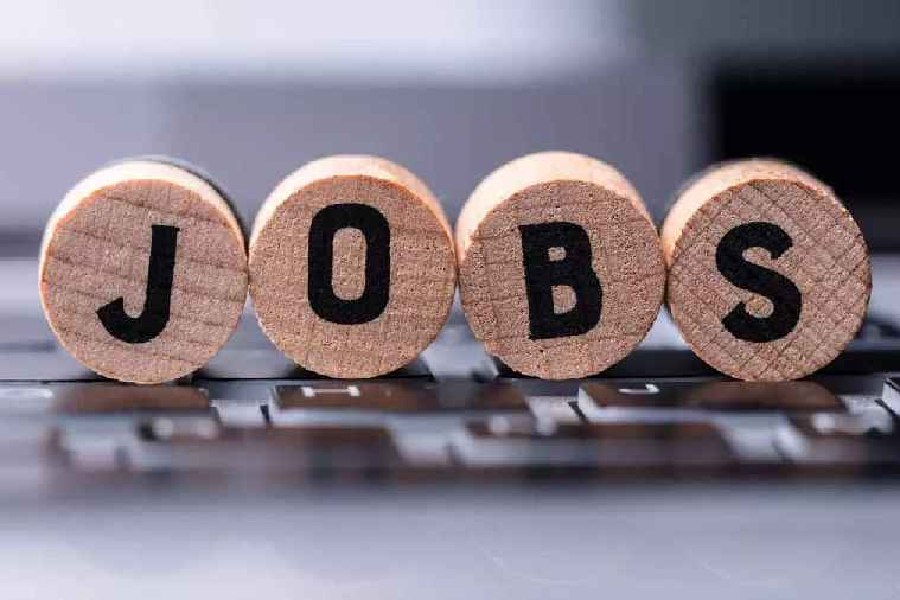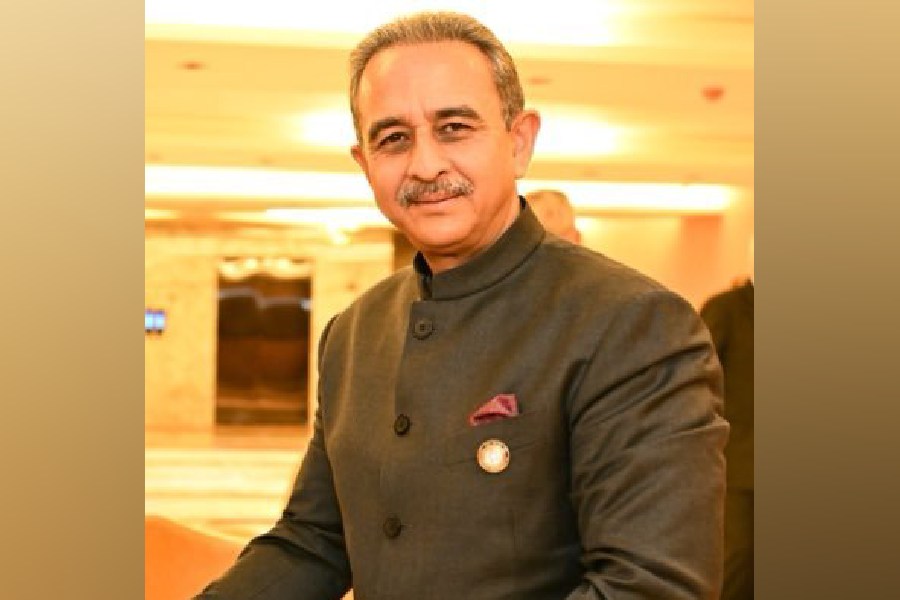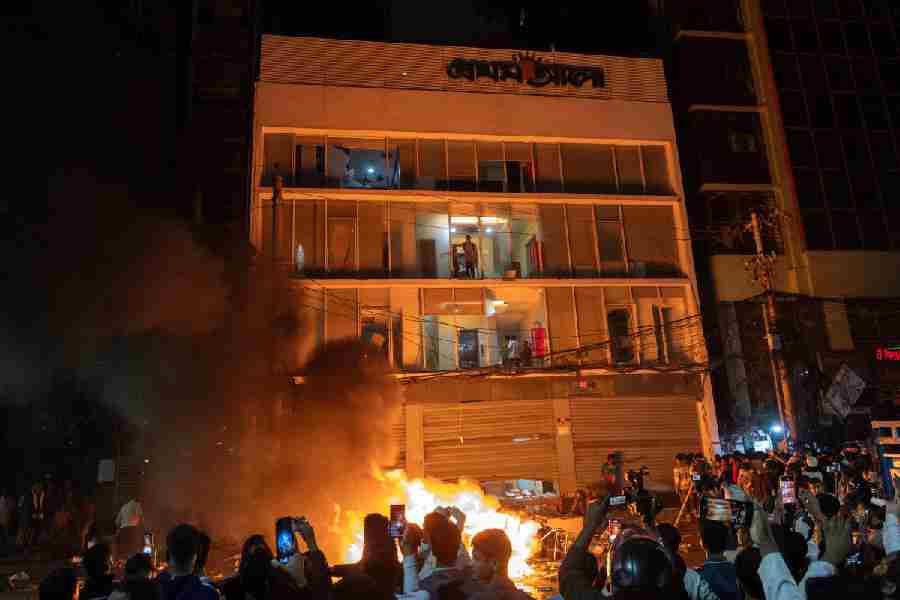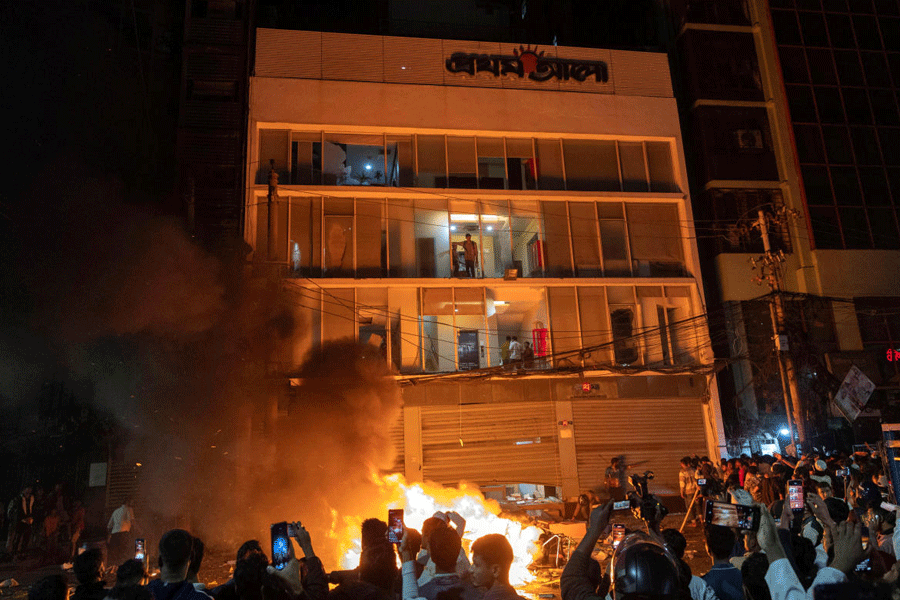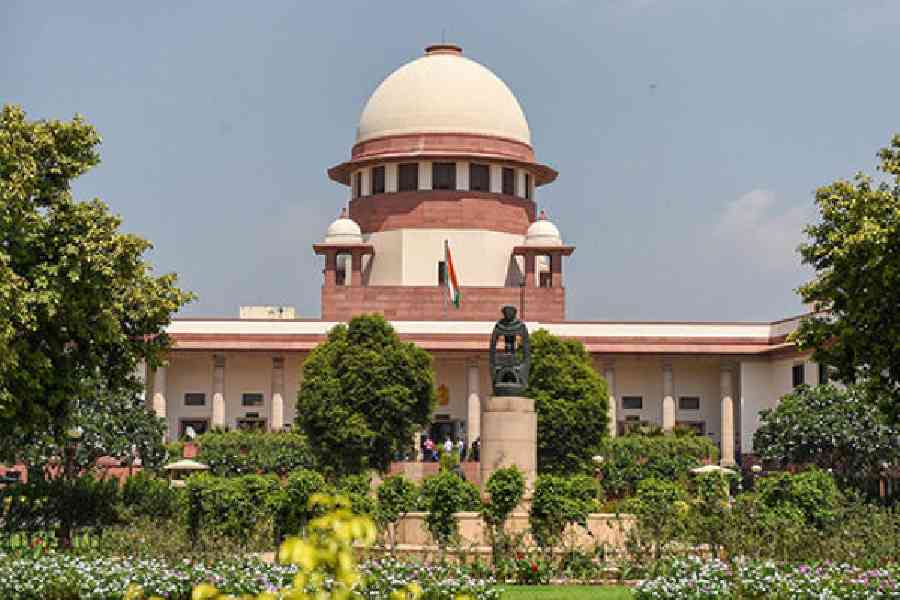A programme to incentivise hiring by private employers, announced in the post-election budget last July to combat joblessness, remained a non-starter as the financial year drew to a close on March 31.
The labour ministry told the parliamentary standing committee on labour on February 15 that it had not yet sent the final draft of the Employment Linked Incentive (ELI) programme to the cabinet for approval.
It added that it had surrendered almost the entire ₹10,000 crore allocated in the budget for the scheme’s implementation in financial year 2024-25.
The ELI programme offers salary and provident fund reimbursements to private employers who hire staff. It has specific schemes to incentivise the hiring of first-time workers.
In its report, the House panel, headed by BJP member Basavaraj Bommai, has asked the ministry to continue the process of seeking approval for the scheme.
Tabled in Parliament on March 28, the report says the programme received approval from the finance ministry’s expenditure finance committee (EFC) in January.
To the committee’s query about the programme’s present status, the ministry said on February 15: “…After the final EFC meeting held on 14.01.2025, Draft Cabinet Note is under formulation in consultation with other stakeholder(s) including PMO & Cabinet Secretariat.”
According to the report, the ministry told the House panel that of the ₹11,044.05 crore it had surrendered during 2024-25, a sum of ₹9,999.50 crore pertained to the ELI scheme. The budget had allocated ₹10,000 crore under the scheme for 2024-25.
The allocation for the current financial year, 2025-26, is ₹20,000 crore.
“The Committee feel that although the funds allocated under ELIS during 2024-25 have been surrendered, the Ministry need to continue pursuing the matter regarding seeking approval of the Scheme and after the same is approved, revisit the plan of action for utilisation of funds in 2025-26,” the House panel recommended.
The current unemployment rate in the country is 7.8 per cent, according to the Centre for Monitoring Indian Economy, a private think tank.
Labour economist K.R. Shyam Sundar, adjunct professor at the Management Development Institute, Gurgaon, said the scheme could have helped address the job crisis to an extent.
“A tiny drop is enough to create a ripple in the pool. Even if it had created employment opportunities for a few thousand people, it still would have helped address the unemployment situation,” he said.
Shyam Sundar criticised the trade unions and Opposition parties for their silence over the government’s inaction on the scheme.
“This government announces schemes with fanfare and does nothing or very little for implementation,” he said.
“The budget had given a broad framework for the scheme – its finalisation should not have taken so long. The trade unions and Opposition parties are vocal about many other issues but silent on such a crucial matter.”
The ELI programme contains three schemes. Under the first, the government provides a portion of the month’s wages, subject to a maximum of ₹15,000, to all new entrants to the formal-sector workforce with monthly salaries below ₹1 lakh. The subsidy is expected to incentivise the hiring of first-time workers.
Under the second scheme, the government pays 24 per cent of the salary for the first two years, followed by 16 per cent in the third year and 8 per cent in the fourth year. It’s open to employers who hire more than 50 first-timers or 25 per cent of their baseline workers’ strength, whichever is lower.
Under the third scheme, the government reimburses employers’ PF contributions up to ₹3,000 a month for additional employees hired the previous year. This is given for two years.
To avail this subsidy, employers with less than 50 employees must add at least two employees and those with over 50 must add at least 5 employees.

